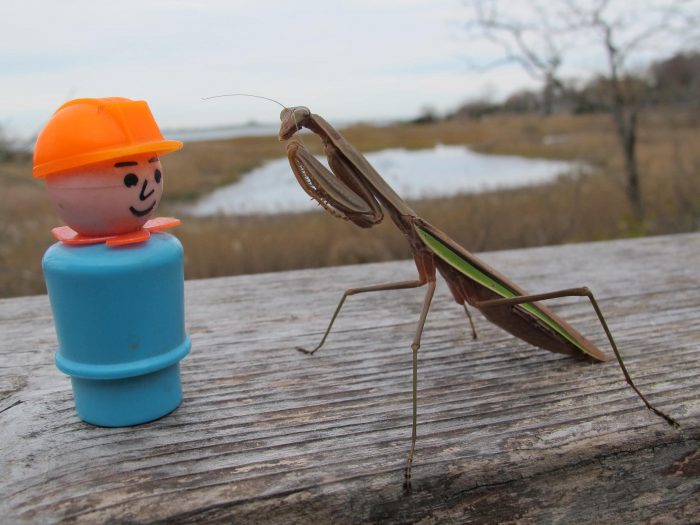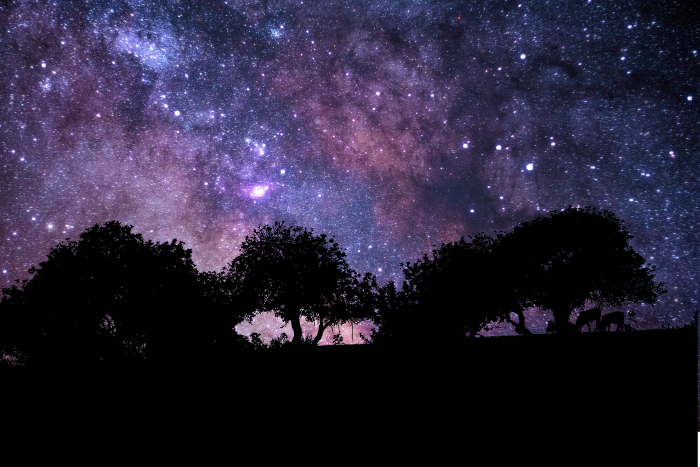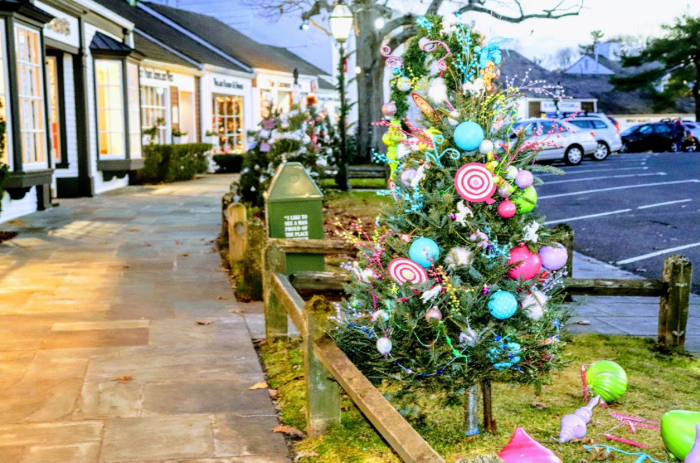By Daniel Dunaief
They are like directors in a carefully choreographed production, instructing certain groups that become active, while giving others a five-minute break.
In the case of the human body, directors take many forms, including hormones; the same hormones that can transform adorable, sweet and well-behaved children into smelly, strong-willed teenagers.
Hormones like estrogen, testosterone and progesterone affect people at various ages and in different ways.
Recently, Cold Spring Harbor Laboratory Assistant Professor Jessica Tollkuhn and her graduate student Bruno Gegenhuber teamed up with University of California at San Francisco Herzstein Professor of Molecular Physiology Holly Ingraham to link the way estrogen in a specific area of the brain turns on particular genes.
For mice that are representative of post-menopausal women, the lower activity of a gene called melanocortin-4, or MC4R causes these mice to become less active.
By activating MC4R neurons in the ventrolateral ventromedial hypothalamic nucleus of the brain in the absence of estrogen, researchers caused a dramatic increase in physical activity and 10 percent body weight loss after one day.
Additionally, turning up the MC4R gene increased their bone density over time.
Linking the gene activated by estrogen in a part of the brain that affects how adult females use energy, the scientists provided a causative link that explains lower energy in this population.
Tollkuhn said her contribution showed that the estrogen receptor binds DNA in the presence of hormones.
The scientists published their research in the journal Nature.
“If anything, this paper is a study of how just one gene can show this exquisite behavioral response,” Tollkuhn added.
The MC4R gene is also found in the male brain, although not in the same area. Experimentally, turning up the gene also increases physical activity in males.
Numerous drugs currently target this gene in connection with increasing libido in post-menopausal women. Using these treatments for other issues, like weight gain and activity level, would require additional study.
Estrogen affects numerous other areas of the body, including some that may cause other problems. Hormone replacement therapy has contributed to the development or worsening of other cancers, such as breast cancer, although it is not clear why or how this happens.
“There’s evidence that there can be positive benefits [like bone and mental health], but also evidence that it can increase the risk of cancers,” Tollkuhn said.
Ingraham knew Tollkuhn from their overlapping research experiences at the University of California at San Diego and, later at UCSF.
Ingraham had reached out to Tollkuhn to see if the experiments in Tollkuhn’s lab could determine the link between the hormone and the MC4R gene.
“It’s always a challenge in biology to get a direct causality” because numerous factors in a living system could contribute to the development of a condition or a behavior, Tollkuhn said.
Tollkuhn suggested that the bulk of the experiments were done in Ingraham’s lab.
Ingraham recognized early on the benefit of finding these direct binding sites.
“We are saying, ‘Here is a hormone and it is acting through this molecule and it’s causing this change … that we know is really important for eliciting this behavior,” Ingraham said.
Ingraham, who worked with Tollkuhn when she was a post doctoral researcher and Tollkuhn was a graduate student in Geoffrey Rosenfeld’s lab at UC San Diego, called her colleague “really talented” and said she “spent years working this whole system out. It’s heroic and nobody else has done it.”
Ingraham sent Rosenfeld a message after the journal Nature accepted their paper, indicating his trainees had “hit pay dirt on this one.”
Ingraham hopes the paper motivates other researchers to think about entering this area and tackling this challenge, which is so important for women’s health.
“The only way we’re going to move forward for women’s health is to understand all these different facets of what estrogen is doing in the brain,” she added.
In press coverage of the research, Ingraham described the comments as falling into two categories. In the first, women suggest that they’re past menopause and have never been more active. In the second, women indicate that getting hormone replacement therapy genuinely helped them, including with brain fog.
Other scientists have sent Ingraham congratulatory emails about the paper. They have “appreciated that this had such a great molecular story,” she said.
In a broader research context, Tollkuhn is interested in determining how hormones affect the brain during sexual differentiation.
She is now focused on identifying a new repertoire that she and others can explore in future studies.
Tollkuhn’s lab is also investigating how estrogen influences brain development. She has found dozens of genes she would like to understand in the kind of detail with which she explored MC4R. Estrogen receptors also are connected to HTR1A and HTR1D, which are genes for serotonin receptors and may connect estrogen to mood.
Studies in scientific literature have shown that numerous psychiatric and neurological conditions have sex differences in terms of their impacts on men and women.
“We have these pieces and we can try to put together this puzzle,” Tollkuhn said. “We can try to understand why this would be the case. The long term goal is to figure out why there is a greater increase in [certain diseases] in men or women, which could lead to the development of better treatment.”
Tollkuhn is also interested in understanding the progression of neurodegenerative conditions like Alzheimer’s, which is twice as likely in women as in men. The symptoms for this disease develops more rapidly in post menopausal women, who typically have a more precipitous decline in estrogen than older men do in their levels of testosterone.
“I’m interested in what hormone receptors are doing in the brain,” she said.





 When I last looked at the Milky Way, a couple of days ago, it reminded me of our most humble place in the universal ethos and of a famous line by the poet Robinson Jeffers: “There is nothing like astronomy to pull the stuff out of man, His stupid dreams and red-rooster importance: let him count the star-swirls”.
When I last looked at the Milky Way, a couple of days ago, it reminded me of our most humble place in the universal ethos and of a famous line by the poet Robinson Jeffers: “There is nothing like astronomy to pull the stuff out of man, His stupid dreams and red-rooster importance: let him count the star-swirls”.












